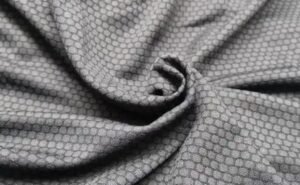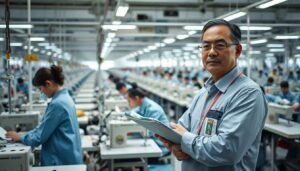Base on statistics, 1000 metric tons of recycled clothes needs total 12 years to be used up, but some fast fashion brands can produce the same amount in only about 48 hours.
Many research surveys show that shoppers prefer environmentally conscious brands and are willing to pay more for sustainable products. The American Retail Leaders Association (RILA) reported that 93% of global consumers prefer the brands support social and environmental issues.
Base on environmental protection, the recently popular concept of sustainable clothing was born. Is it a gimmick or a new track?
What is a sustainable clothing manufacturer?

Sustainable clothing manufacturing, as the name suggests, is energy conservation and emission reduction, improving efficiency, caring for human rights, and using renewable energy to produce products. Yes, human rights are also part of it. Excessive consumption is due to low prices, and low prices are due to the exploitation of garment workers. Basically, this is your capitalism. Sustainability is not only a direction, but also a way to improve brand image. It is the general trend of the market, and it is also the place where enterprises must show their differences to consumers in the future.
The importance of sustainable clothing

Fashion is one of the most polluted industries in the world. Due to the amazing extravagance and waste. In the production process of fashion textile industry, a large number of non renewable resources have been extracted.
These non renewable resources include oil for the production of synthetic fibers, chemical fertilizers for the cultivation of cotton, chemicals for the production of dyes and fibers and textiles, amounting to 98million tons per year. Among them, 20% of the global industrial water pollution is caused by the dyeing and treatment of textiles. About 35% of microfiber in the world comes from clothes and textiles, which means that fashion is the main cause of this pollution.
Last week, GREENEXT, a sustainable fashion and lifestyle platform, released the Sustainability Research Report of 1001 fashion brands, which showed:
- 66% of brands believe that sustainable development is the mainstream trend of the future fashion industry and the key foothold to solve the plight of the fashion industry.
- 77% of brands have been developing or at least plan to develop sustainable fashion products within 1-2 years.
- 70% of brands hope to attract consumers with a sustainable brand image.
- 69% of brands believe that the supply chain plays a great role in promoting sustainable fashion.
- 57% of brands believe that consumers are willing to bear a premium of 6% – 15% for sustainable fashion products.
This means that in the next 2-3 years, sustainability will become the highlight of the development of the entire fashion industry. In fact, more and more brands focusing on natural ingredients are emerging all over the world.
How to identify sustainable clothing manufacturers?

How to determine whether a production is sustainable? We should analyze with the following elements:
The first is the material, whether it comes from animals, whether it will cause damage to nature, and whether it can be recycled.
Secondly, is the mode of production, how it should be processed, and whether the processing process will cause damage and pollution to the environment, which is an important evaluation standard. Some examples of sustainable fabric processing include knitting or the use of non-toxic dyes. However, many fabrics need bleaching, dyeing with carcinogenic dyes, and chemical treatment. A common example of the latter is the use of formaldehyde to prevent fabric wrinkling.
Finally, it to check whether it can be recycled after use. Since so much waste can be produced in the process of garment production, can it be recycled? The answer is yes. However, only 13% of the materials in the whole industry can be recycled in some form. These secondary recyclables can only be used for other low-end applications, such as insulating materials, cleaning cloths, mattress fillers, etc. However, many unsustainable fabrics will eventually be discarded in garbage, and textiles account for 7.7% of municipal solid waste in landfills.
How to find sustainable clothing manufacturers?
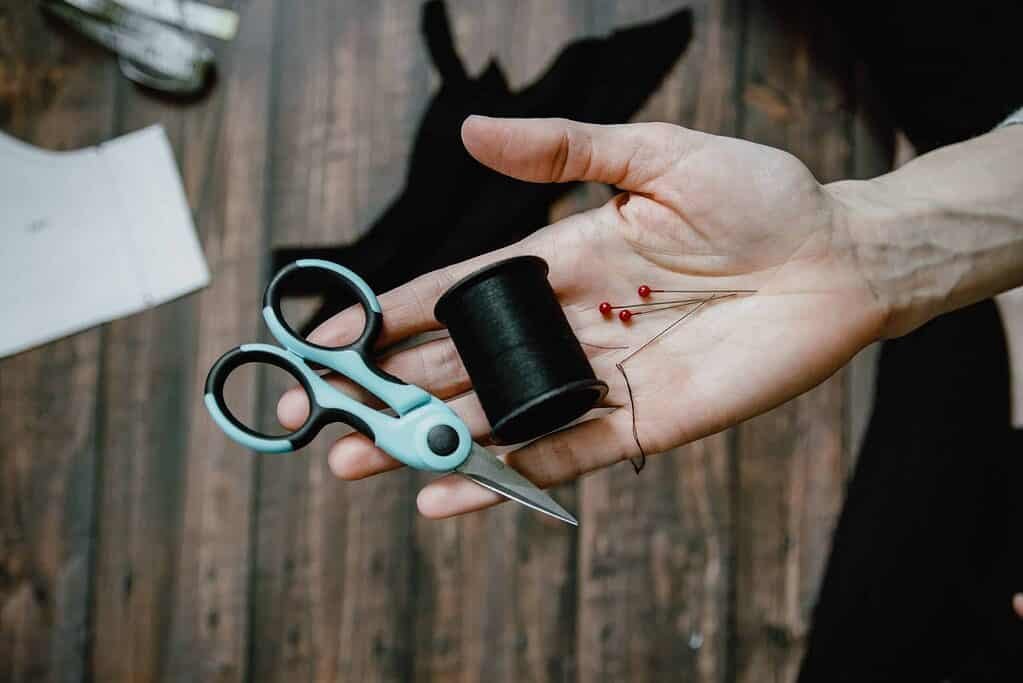
Selecting suppliers is a complicated and tedious manual work. You need to identify and select from a large number of messages, and you also need to do a lot of communication and investigation to confirm.
1. Google it
The development of the Internet brings both opportunities and challenges. The key is how to judge the quality of information. Using databases and directories from focused portals such as the the SOURCE Database or World Fair Trade Organisation (for fair trade suppliers) can help.
2. Exhibition
The exhibition is like a big market, which is a good opportunity for a wide range of in-depth talks and contacts with suppliers. Compared with the Internet, face-to-face conversation, discussing orders and looking at samples are more like a dose of cardiotonic for finding good suppliers, which greatly improves efficiency and security.
3. Textile Forum
If a large-scale global trade show is a daunting and expensive prospect for your company, and your headquarters is located in the UK, then the textile forum may be your preferred destination, and the target audience of the exhibition is “designers, small and medium-sized manufacturers, tailors and retail clothing material experts”.
4. Introduction
Ask around. Participate in activities and meetings. Attend webinars. Make as many connections as possible.
What should be paid attention to when cooperating with sustainable clothing manufacturers?
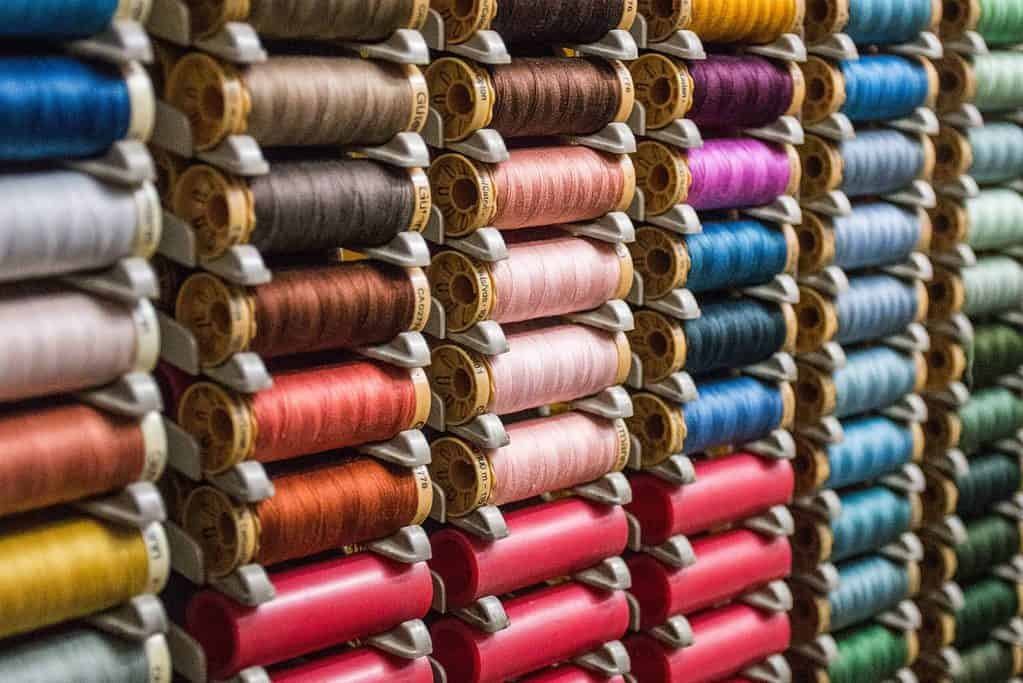
Pay attention to screening. Some factories perform well online, but perform poorly in practice. If you have the opportunity, you’d better make a field visit, or equip QC . Of course, this should be considered in combination with the company’s procurement plan. If you are a large company with a large annual purchase volume, this is very necessary. In addition, to be conservative, low-volume testing is also an effective means to reduce risks.
Communication and execution are not by the same people.This situation mostly occurs in trading companies, who will find traditional factories for processing and production. Such factories often only do domestic orders and do not understand foreign trade. The key point is to confirm that the supplier fully understands the requirements and does things according to the requirements.
Give professional task to professional people. You can’t find fresh water fish in the ocean. It means that a swimsuit factory cannot produce towels at the same time. Each fabric and clothing use requires a variety of different processes. Clothing production depends on machines, but we know that it is impossible for a factory to have all machines. Therefore, when making swimsuits, you should find a factory specializing in swimsuits, making sweaters, you should find a factory specializing in sweaters.
Find a suitable factory, not the bigger the better. If you are a start-up, don’t look for a very big factories. Professional big factories all focus on big customers to provide services. Which is more important, clients with more than 100000 dollars a year or millions of dollars a year? As a result, your order will be postponed forever.
What are the sustainable clothing fabrics?
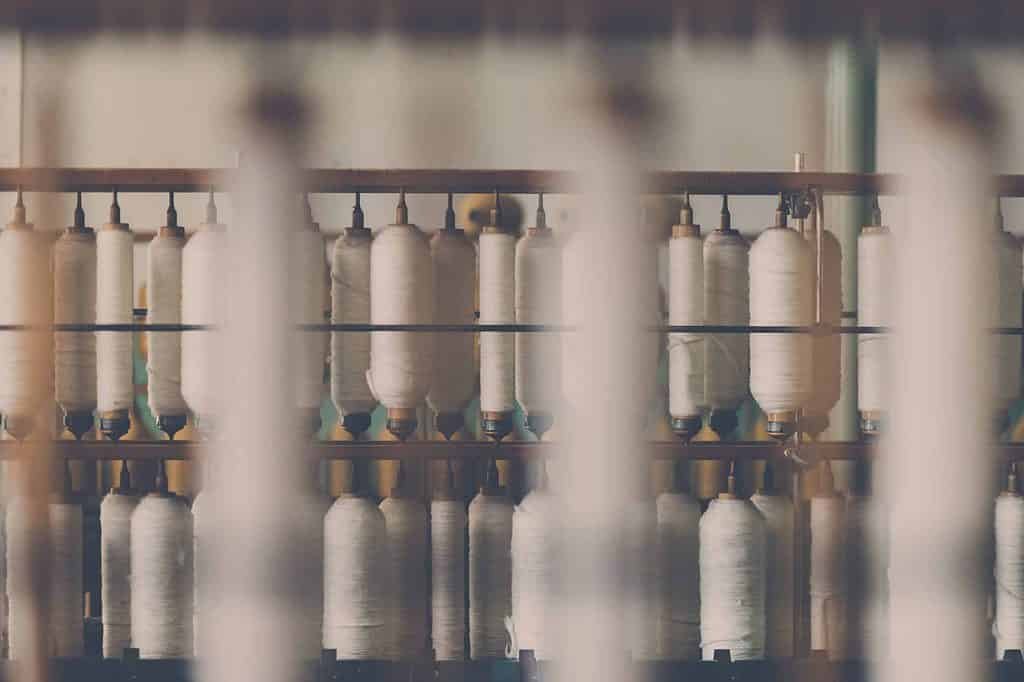
Ordinary clothing manufacturing fabrics are polyester fiber, nylon, Lycra, etc., which are synthetic fibers refined from oil. The production process not only consumes huge energy, but also releases NO2 and other toxins. The materials of sustainable clothing fabrics are also various, including underwear made of paper fiber fabrics, yarn made of coffee grounds, leather made of mushroom mycelium, bags made of marine garbage, and so on. Like Vita created by ECONYL, polyamide yarn made of recycled fishing nets and 100% textile waste from the sea turns waste into treasure.
Sustainable development fashion is and will be the trend. The fashion industry should not sacrifice nature for temporary benefits. Human development needs to think further and further. Let’s leave a little more green water and mountains for the billions of descendants of the earth.



